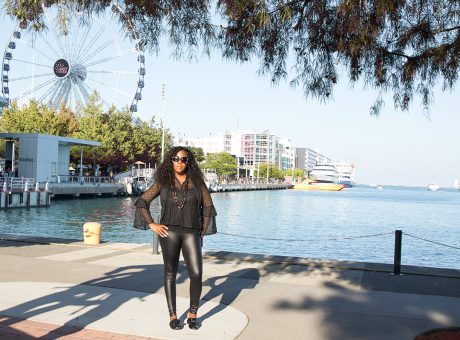
Powerful Meaning Behind Colorful Bo-Kaap Houses in Cape Town, South Africa
Bo-Kaap houses are located right at the foot of Signal Hill in Cape Town. The neighborhood, where these Bo-Kaap houses are, used to be known as Malay Quarter before small houses were built to accommodate freed slaves. In addition to seeing these colorful houses, enjoy the food shops and craft markets in this area, starting from Wale Street—indulge in Cape Malay cuisine and be amazed. After exploring Bo-Kaap, head over to Victoria & Alfred Waterfront for more shopping, thereafter, enjoy epic views of Cape Town at Table Mountain.
Right there in the Bo-Kaap neighborhood, in Wale Street, there is an Iziko Bo-Kaap Museum, showcasing how everyday life looked liked for Muslim families and freed slaves who found a home in this location when the slave trade was abolished. These slaves were brought from Indonesia and other areas, to work in South Africa. The museum is housed in one of the early built houses in the neighborhoods depicting Islamic heritage and culture—the actual lifestyle of a Muslim family in the nineteenth century.


Charming Colorful Bo-Kaap Houses
The Bo-Kaap neighborhood is full of bold colored houses perfectly arranged in the steep streets. These houses were inspired by the Dutch architecture—very pretty front doors and equally chic gates and steps. Initially, all houses were painted white, it was after the slaves were allowed to purchase the houses that homeowners started painting the houses in different colors to express their freedom.


How to get to Bo-Kaap
Bo-Kaap neighborhood is a short distance from Cape Town City Center, you can actually walk. Alternatively, if you are planning to see a couple of Cape Town attractions in the city center, the Cape Town City Sightseeing Tour Bus might be a better option. Since Cape Town has attractions that are not located in close proximity, renting a car is deemed as the best mode of transportation for many tourist.



